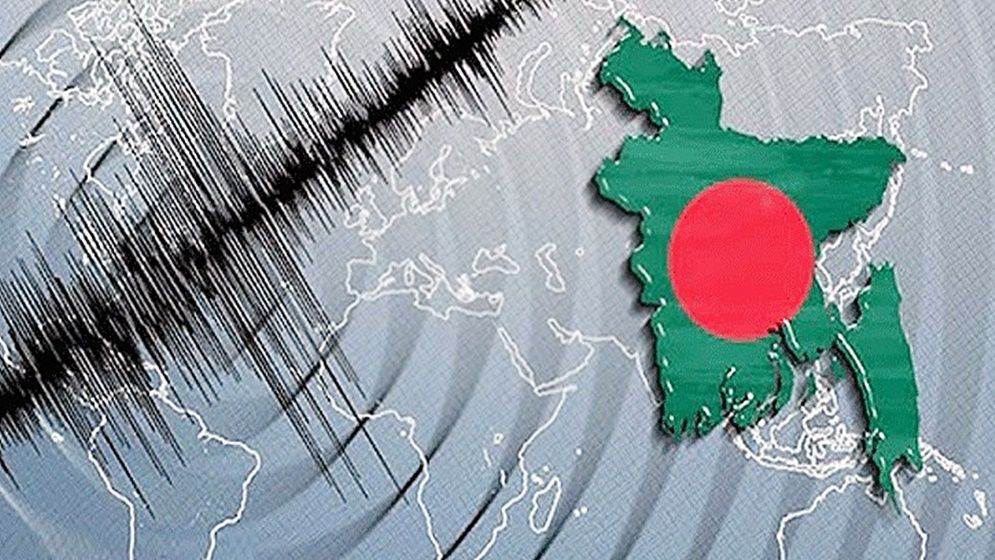A mild earthquake measuring 3.3 on the Richter scale was recorded in Palash, Narsingdi, on Sunday morning, less than 24 hours after a stronger tremor struck Madhabdi. The Bangladesh Meteorological Department’s Earthquake Observation and Research Center confirmed that the latest quake was an aftershock of Friday’s event. Officials stated that Bangladesh is divided into three seismic zones based on earthquake risk. Zone-1 includes high-risk areas such as parts of Sylhet, Mymensingh, Tangail, Gazipur, Narsingdi, Kishoreganj, Brahmanbaria, Khagrachhari, and Rangamati. Zone-2 covers moderately risky regions, while Zone-3, including Khulna, Jashore, Barishal, and Patuakhali, faces the lowest risk. Historical data show that between 1976 and 2015, at least five major earthquakes were felt in Bangladesh, mostly originating from Sylhet, Moulvibazar, Rangamati, Bandarban, and Cox’s Bazar. Experts warn that these regions remain vulnerable to future large-scale seismic activity due to nearby fault lines and tectonic boundaries.

